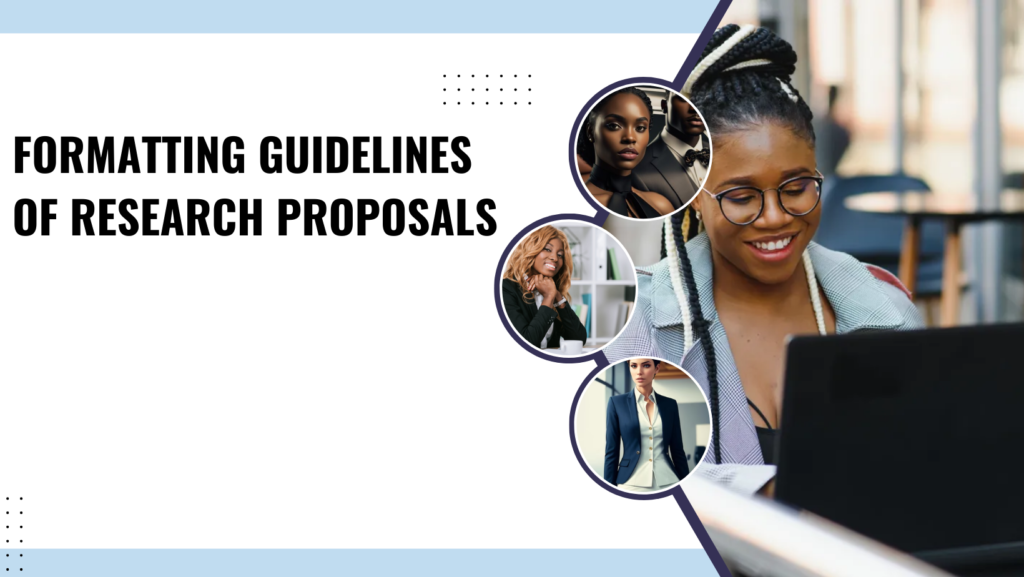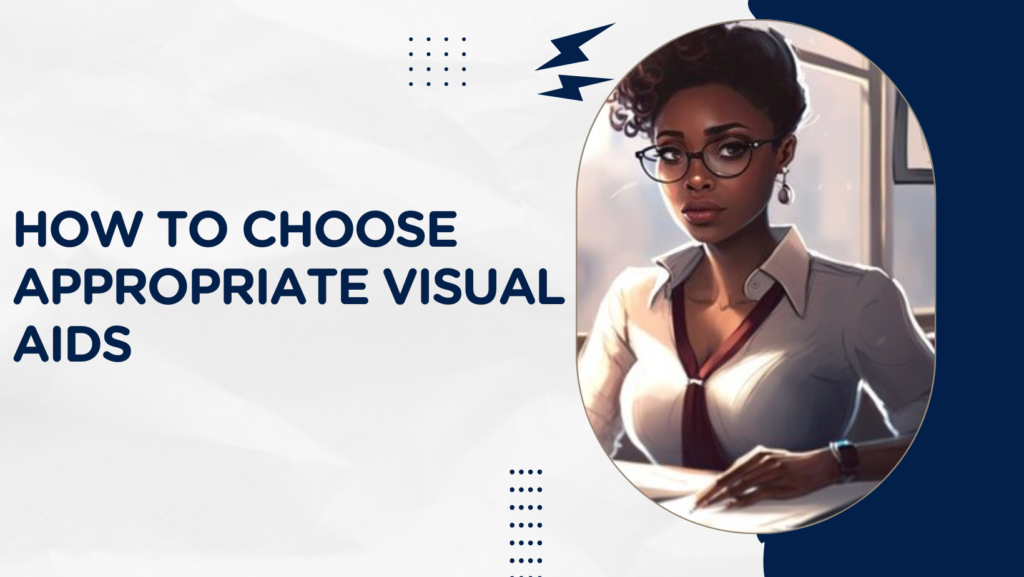
Menu
Facebook-f
Twitter
Google-plus-g
The Outlining Sections of a Report
The Outlining sections of a Report (e.g., title page, abstract, introduction, methodology)
- Title Page
The title page serves as the initial point of contact for the reader, providing essential information about the document’s identity and context. It establishes the document’s formal presentation and offers basic details that help readers identify and locate the document within a scholarly or professional setting.
- Title: The title should be concise yet descriptive, accurately reflecting the document’s main topic or purpose. It should capture the essence of the content and attract the reader’s interest.
- Author(s): Include the names of all contributing authors, typically with their academic or professional affiliations. This information establishes credibility and acknowledges the individuals responsible for the document’s creation.
- Institutional Affiliation: Specify the organization or institution where the research was conducted or where the document originates. This detail provides context and helps readers understand the document’s institutional connection.
- Date: Indicate the date of publication or submission of the document. This information is important for establishing the document’s currency and relevance.
- Abstract
The abstract serves as a concise summary of the document’s main content, providing readers with an overview of the research objectives, methods, results, and conclusions. It allows readers to quickly assess the document’s relevance and decide whether to read the full text.
- Research Objectives: Clearly state the purpose or objectives of the research. What questions are being addressed or what hypotheses are being tested?
- Methods: Briefly describe the research methods or approach used to gather and analyse data. Include information about the study design, participants (if applicable), and data collection procedures.
- Results: Summarize the main findings or outcomes of the research. Highlight key data points, trends, or statistical analyses that are central to the study’s conclusions.
- Conclusions: Present the main conclusions drawn from the findings. Discuss the implications of the results and their significance in relation to the broader field of study.
- Introduction
Importance: The introduction establishes the context and background for the document, setting the stage for the reader by introducing the topic, outlining its significance, and presenting the research question or thesis statement.
- Background: Provide background information on the topic, including relevant literature, theories, or previous research. Explain why the topic is important or interesting, highlighting gaps or controversies in existing knowledge.
- Purpose: Clearly state the document’s purpose or objectives. What are you aiming to achieve or explore with this document?
- Thesis Statement or Research Question: Present the main research question, hypothesis, or thesis statement that the document seeks to address. This statement guides the reader in understanding the document’s focus and scope.
- Methodology
The methodology section describes the methods and procedures used to conduct the research, ensuring transparency and reproducibility while allowing readers to evaluate the study’s validity and reliability.
- Research Design: Describe the overall research design, such as experimental, observational, qualitative, or quantitative. Justify why this approach was chosen and how it aligns with the research objectives.
- Participants or Sample: Provide details about the study population, including demographic information, selection criteria, and sample size. Explain how participants were recruited or selected.
- Data Collection: Describe the methods and instruments used to gather data. Include details about surveys, interviews, experiments, or observational techniques employed in the study.
- Data Analysis: Explain how the collected data were analysed or interpreted to address the research question or hypothesis. Discuss any statistical tests, software programs, or analytical frameworks used.
- Ethical Considerations: Discuss ethical issues or considerations relevant to the research, such as participant consent, confidentiality, or potential risks. Explain how ethical guidelines were followed to protect participants’ rights.
- Results
The results section presents the findings of the research in a clear, objective manner, using tables, figures, or graphs to summarize data and highlight key trends or patterns observed during the study.
- Data Presentation: Present the collected data using appropriate visual aids (e.g., tables, charts, graphs). Ensure that visuals are clear, labelled, and referenced within the text for easy interpretation.
- Summary of Findings: Summarize the main results or outcomes of the research. Focus on key findings that directly address the research question or hypothesis.
- Statistical Analysis: Include relevant statistical analyses or measures of significance to support the findings. Provide numerical data and p-values where applicable to demonstrate the strength of the results.
Conclusion
In conclusion, outlining sections within a document—such as the title page, abstract, introduction, methodology, and results—provides a structured framework that enhances document organization, clarity, and reader engagement. Each section serves a distinct purpose, from providing essential information (title page) to summarizing key findings (abstract), establishing context (introduction), describing methods (methodology), and presenting results (results). By following content guidelines and considering contextual considerations, authors can create documents that are informative, coherent, and effectively communicate research findings or professional insights. Emphasizing the importance of outlining sections underscores their role in guiding readers through complex information, facilitating comprehension, and supporting the document’s overall impact within academic, professional, and research-oriented contexts
Address List
-
Makerere Hill Road, Ham Towers -
+256-703947778 -
info@professionalwriters.shop
Social Networks
Links List
Professional Writers Inc.
Turning Ideas Into Reality
Online Research Writing Training [Free]






























